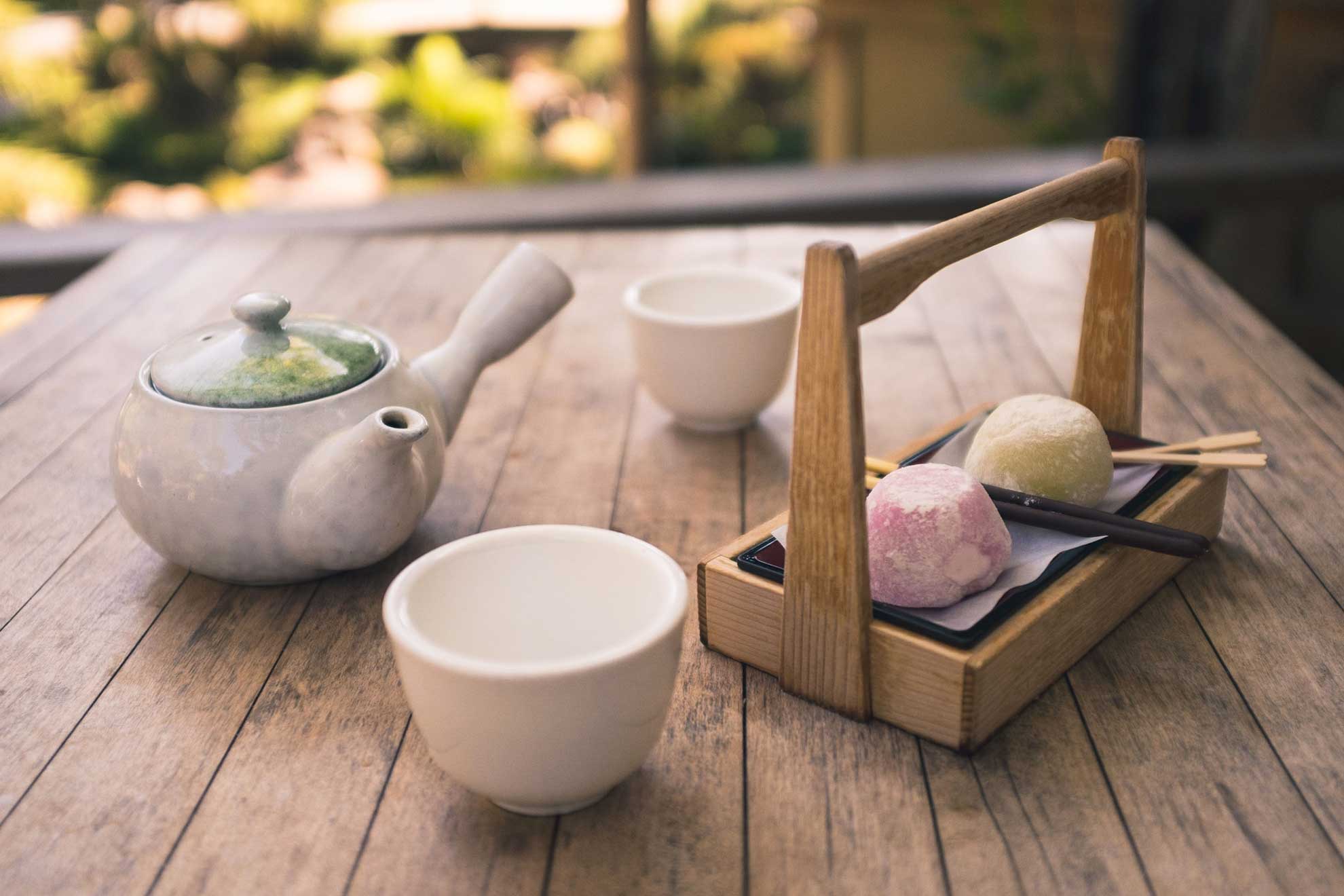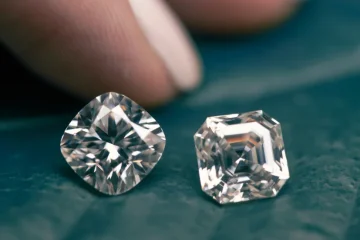As a tea connoisseur, you appreciate the artistry and tradition behind a Japanese tea set. With their elegant shapes and delicate details, these vessels elevate the tea drinking experience. However, with so many options available, selecting an authentic Japanese tea set can be daunting for a newcomer. This article provides a 101 guide to purchasing traditional Japanese teapots, known as kyūsu, and matching cups, called yunomi. You will learn key differences between Chinese and Japanese teaware, understand typical sizes, and recognize hallmarks of quality craftsmanship. Follow this advice to find the ideal set to practice chanoyu, the Japanese tea ceremony, or simply brew your perfect cup.
The Proper Name for Japanese Teapots: Kyūsu
When purchasing an authentic Japanese teapot and cup set, it is important to understand the proper Japanese name for the teapot itself. The Japanese word for teapot is “kyūsu” (急須).
Kyūsu refers specifically to Japanese-style teapots with a built-in filter, small spout, and handle. They are designed to brew and serve green tea.
Kyūsu are traditionally crafted from ceramics or cast iron. Popular ceramic types include Hagi, Tokoname, Banko, Shigaraki, and Bizen ware.
Compared to Chinese teapots, kyūsu have a smaller spout, tighter lid, and integrated filter system optimized for steeping loose leaf tea. They also tend to be smaller in size.
When selecting an authentic kyūsu, look for hallmarks like handcrafted simplicity, natural materials, a side handle, and a fine mesh tea strainer. Higher quality kyūsu may have markings or stamps identifying the region and artist.
Knowing the proper name for Japanese teapots can help ensure you purchase a genuine kyūsu versus a Chinese-style teapot. An authentic kyūsu designed for the Japanese tea ceremony will provide the ideal vessel for preparing and serving matcha green tea or sencha.
Choosing the Right Japanese Teapot Material and Style
When selecting an authentic Japanese teapot, you’ll want to consider the material and style that best suits your needs. Here are some key factors to weigh:
Material
The two most common materials for Japanese teapots are ceramic and cast iron. Ceramic teapots, often made of porcelain, tend to be more delicate and ornamental. Cast iron teapots are durable, retain heat well, and impart iron to the tea, which is considered healthful. Other materials like glass, silver, and bronze are also used.
Size
Japanese teapots are generally small, holding 1-3 cups of tea. Consider who will be served and how much tea you typically consume. Larger teapots hold more tea but can be unwieldy when pouring.
Shape
Traditional shapes include cylindrical, hexagonal, and spherical bodies with curved or angular spouts and handles. The shape impacts pour control, stability, and esthetics.
Design
From minimalist to ornate, Japanese teapots feature painted scenes, calligraphy, or textured glazes. Simpler, rustic styles offer flexibility. More decorative sets suit formal tea ceremonies.
Budget
Authentic handmade teapots can be an investment. Set realistic expectations based on your budget. Quality construction and materials will last longer.
By weighing these key factors and selecting a teapot tailored to your priorities, you’re sure to end up with a cherished piece that brews the perfect cup of tea for years to come.
Comparing Chinese and Japanese Teapot Designs
Chinese and Japanese teapots share some similarities, yet differ in their esthetic styles and intended functionality. When selecting an authentic teapot, consider the key differences:
Materials – Chinese pots often use Yixing clay or porcelain. Japanese pots use cast iron, clay, or porcelain. Cast iron holds heat well but requires extra care.
Shape – Chinese pots come in round or hexagonal shapes. Japanese kyūsu teapots have a bulbous body with curved spout and handle. Both styles often have a flat base.
Spout design – Chinese pots have short, straight spouts. Japanese kyūsu feature a long curved spout that pours precisely.
Lid style – Chinese lids are flat disks that rest on top. Japanese lids attach snugly to the pot and lift straight up.
Artistry – Chinese pots feature minimalist designs, inscriptions, or monochromatic glazes. Japanese pots exhibit vibrant hand-painted nature motifs.
Intended use – Chinese pots excel at brewing oolong and black teas. Japanese kyūsu are designed specifically for preparing thin Japanese green teas.
When purchasing an authentic tea set, examine construction quality and artistic details. Seek pots handmade in their country of origin for traditional craftsmanship. With an understanding of key design differences, you can select a Chinese or Japanese teapot to suit your personal tea preparation needs and esthetic tastes.
Japanese Tea Cups Are Called Yunomi
Japanese tea cups designed for the tea ceremony are known as yunomi. These handleless cups are meant to be held in both hands to enjoy the warmth of the tea. Yunomi exhibit exquisite Japanese craftsmanship and artistry.
Yunomi are available in various materials, shapes, and sizes:
Ceramic yunomi often feature earthy, natural colors and soothing matte textures. Popular ceramic types include hearty tokoname, smooth shigaraki, and rustic bizen ware.
Lacquered wood yunomi display beautiful grain patterns. Urushi lacquer makes them lightweight yet durable.
Earthenware yunomi may be left unglazed to highlight the clay’s natural texture. Glazed varieties exhibit vivid hues like persimmon orange and charcoal black.
Yunomi are sized to serve just 2-3 ounces, perfect for slowly sipping and appreciating the tea. Look for a cup that feels comfortable cradled in your hands.
Opt for a set with a kyusu teapot and wide tray to complete the full Japanese tea ceremony esthetic. Matching sets promote harmony. Explore a wide selection of authentic Japanese tea sets in dozens of styles on Quality Japanese Tea Set in Dozens of Styles.
Examine yunomi closely to detect high quality construction and authentic origins before purchasing. Well-crafted cups have clean pouring lines, smooth finishes, and a pleasing weight and balance.
Savoring tea from a traditional yunomi cup allows you to participate in an integral piece of Japanese culture and hospitality. Let the soothing ritual enhance your appreciation of fine tea.
The Significance of Small Japanese Tea Sets
Japanese tea sets, known as yunomi, are characterized by their delicate and diminutive size compared to their Chinese counterparts. This scaled-down style serves both practical and philosophical purposes rooted in the Japanese tea ceremony.
The small teapots, called kyusu, hold just enough tea for 2-3 guests. This ensures the tea is freshly brewed and at optimal temperature. The tiny handles necessitate grasping with thumb and fingers, allowing greater control when pouring.
Matching cups, known as yunomi, range from 1.5 to 3 fluid ounces. These miniature vessels let guests cradle the warm cup in their hands, promoting mindfulness. The intimate scale creates a contemplative, peaceful atmosphere.
Compact tea sets suit the Zen concept of ichigo ichie – “one time, one meeting”. This reminds participants to treasure the present encounter, as it will not come again. The modest portions align with values of simplicity, tranquility and living in the moment.
While Chinese gongfu tea sets feature larger, ornate pieces for showcasing fine teas, Japanese tea sets aim for understated elegance. Their restrained size shifts focus to the tea itself and shared experience rather than the vessels alone. For those seeking a tea set optimized for quiet reflection and ceremonial appreciation, petite Japanese yunomi offer the perfect solution.
Conclusion
As you can see, selecting an authentic Japanese tea set requires some research and discernment. Focus on finding pieces crafted from high-quality materials and techniques, like cast iron or porcelain. Opt for established brands known for their craftsmanship. Examine the stamps and markings to verify each item’s origin and authenticity. Start with smaller, more affordable sets as you develop your knowledge and taste. Most of all, take time to appreciate the artistry and ritual of the Japanese tea ceremony each piece embodies. With an understanding of tradition and a discerning eye, you’ll be prepared to find a Japanese tea set that speaks to you.



